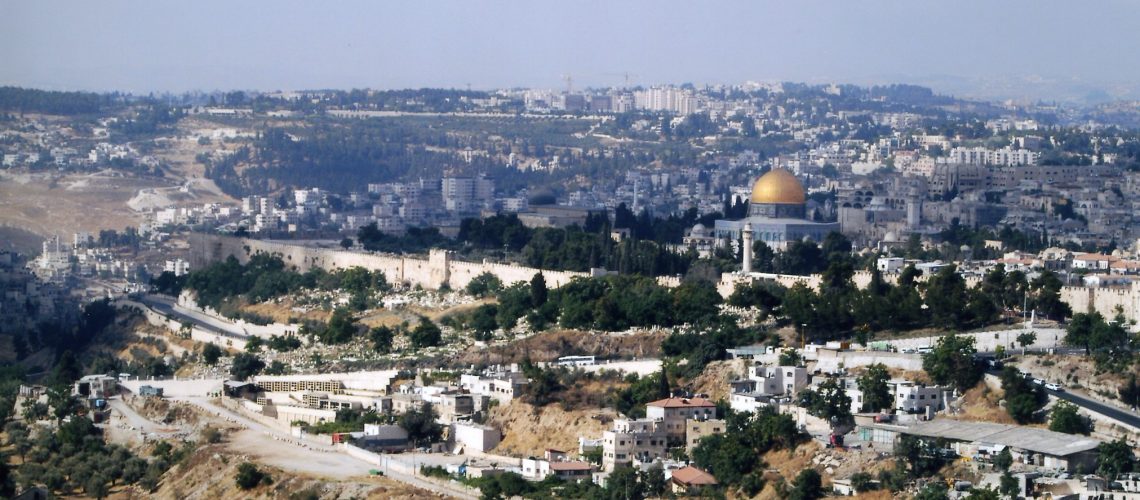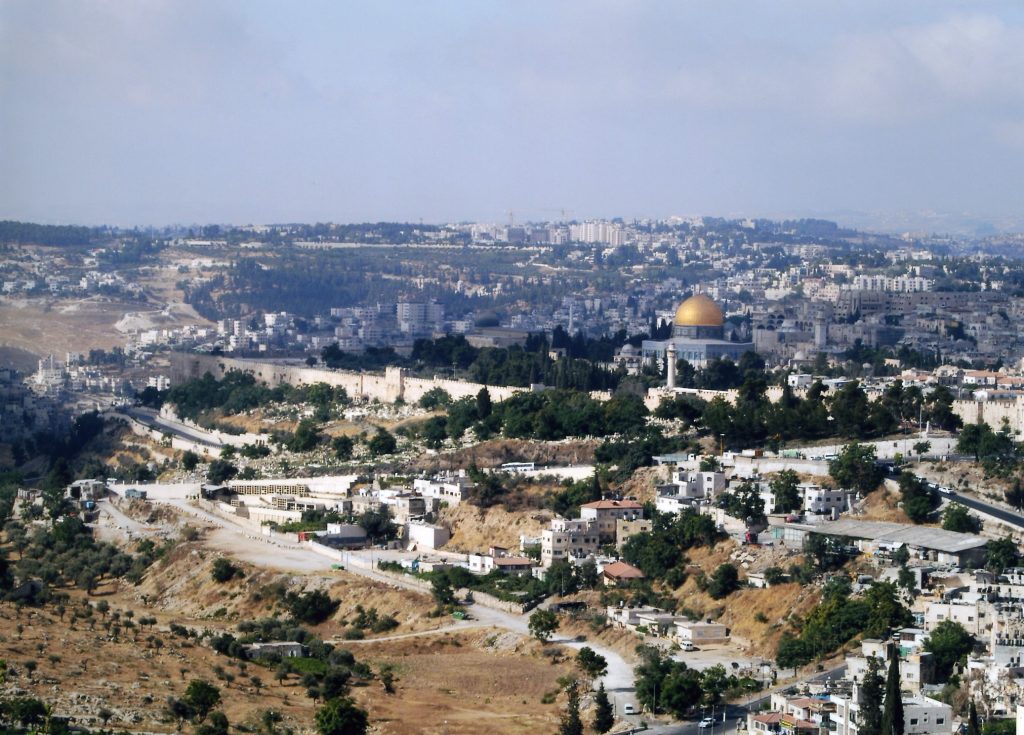Accordion Title
Off-Campus Housing: Finding an Apartment
As mentioned on the general housing page, Yad2.co.il is a good place to start when looking for an apartment, as is Facebook Marketplace. In addition, there are Facebook groups that focus specifically on real estate in Jerusalem, or in certain neighbourhoods, or those that are specifically geared toward English speakers in Jerusalem.
Some of the most useful groups are:
General Jerusalem Groups
Jerusalem Real Estate Groups
- Apartments for Rent in Jerusalem
- For Rent by Owner Jerusalem
- Jerusalem Apartments — Buy/Sell/Rent/Trade
- Jerusalem Apartment Rentals, Sublets and Rooms
- Job and Apartment Hunt in Jerusalem
- Looking for an Apartment in Jerusalem
- Student Housing Jerusalem
- Sublet Jerusalem
- דירות בירושלים ללא תיווך
- דירות זולות באמת בירושלים
- דירות להשכרה בירושלים
- דירות להשכרה בירושלים
- דירות להשכרה בירושלים
- דירות מפה לאוזן ירושלים
- דירות ריקות להשכרה בירושלים
Jerusalem Roommate Groups
- Roommates/Apartments for Rent in Jerusalem
- Roommates Jerusalem
- Roommates in Jerusalem and Surrounding Areas
- דירות שותפים בירושלים
Jerusalem Neighbourhood Groups
Hiring a Realtor
Although most rental transactions don’t use realtors in Israel, you may consider it because you’re not on site yet. In Israel, both buyers and sellers (or in this case renters and landlords) pay commission fees. For rental contracts of a year or more, the commission is usually one month’s rent. For shorter rental contracts, the commission is usually 10 per cent of the total amount paid. In all cases, 17 per cent tax is added to the commission.
Below is a list of English-speaking realtors in the Jerusalem area:
- Arcadia Properties
- Jackie Bitensky Real Estate
- Karni Realty
- Kim Bash Real Estate
- Noam Homes
- YYK Real Estate
In terms of pricing, one-bedrooms tend to range between NIS 3,500 in a cheaper area and NIS 4,500 in a more expensive area, while rent can range from about NIS 5,000 for a two-bedroom apartment in a cheaper area, to about NIS 6,000 for the same-sized apartment in a more expensive area.
Off-Campus Neighbourhood Guide
French Hill
This is the closest residential neighbourhood to the Mt. Scopus Campus of the Hebrew University, but it is relatively inconvenient to reach other campuses. French Hill is a fairly diverse neighbourhood made up of families and professionals from almost all sectors of Israeli society — Jewish, Arab, Christian, religious, secular, etc. Like the campus itself, it is somewhat geographically isolated from the centre of the city. However, the city’s light rail system runs through the neighbourhood and provides relatively quick transportation to Jerusalem’s centre.
Beit Hakerem
Beit Hakerem is a mostly secular upper-class neighbourhood, popular with faculty of the Hebrew University and professional families. It is bordered on the west by Herzl Boulevard and the light rail track, and on the east by a city park with a footbridge over the highway to the Givat Ram Campus. It is about a 10-minute walk from the park to the campus. Beit Hakerem is quiet and lush, though a little isolated from the more central neighbourhoods.
Rehavia
Rehavia was established in the 1920s and has been known as an upper-class, academic enclave since then. It is home to the Prime Minister’s Residence, the Jerusalem Theater, and other Jerusalem landmarks, and tends to be a bit more expensive than other nearby neighbourhoods. To the south, it is bordered by Azza Street, which, in addition to being an important public transportation artery, is also a lively street full of cafes, eateries and shops. On the west, Rehavia is bordered by the Valley of the Cross and Gan Sacher, one of Jerusalem’s biggest public parks.
Nachlaot
Over the last decade or so, Nachlaot, one of Jerusalem’s oldest neighbourhoods outside of the Old City, has undergone a transformation. From one of the historically poorer neighbourhoods it has become a hip, buzzing and eclectic place to live (and real estate prices have gone up accordingly). It is made up of a mix of students, artists and religious communities of various kinds. It is located right off the Mahane Yehuda market, a lively market during the day, and an even more lively nightlife hub in the evening. It has plentiful public transportation and is a very walkable neighbourhood. It should be noted, however, that the Nachlaot streets are on a steep incline and connected by a series of stairways, making it a fairly inaccessible neighbourhood for wheelchair users.
Katamon
Bordered by the upscale neighbourhoods of Talbiyeh and the German Colony, Katamon is a charming upper-middle-class neighbourhood, popular with young singles, Anglo and French immigrants, and families. It has a mixed population of religious and secular residents. Public transportation to Mt. Scopus and Givat Ram Hebrew University campuses is plentiful.
Rassco
Rassco is at the edge of Katamon on a hill that overlooks the Givat Ram campus. It is characterized by buildings built by the Rassco company in the 1950s, meant for government workers and middle-class families. Today, it houses fewer government workers and more students. It is a quiet, green neighbourhood, and less expensive than neighbouring areas such as Rehavia and Katamon, and just a short distance from Givat Ram by public transportation.
On-Campus Housing
The Hebrew University of Jerusalem
The Hebrew University offers four types of on-campus housing on all four of its campuses — the Mt. Scopus Campus, Givat Ram Campus, Ein Kerem and Rehovot.
The types of housing are:
- Residence halls: These are single or double rooms in residence halls with shared kitchens and bathrooms.
- Shared apartments: You will have a bedroom alone or with a roommate in an apartment with additional bedrooms. Bathrooms and kitchens are shared among all residents of the apartment.
- Research apartments: These are reserved for students in advanced degree programs. They may still be shared apartments but have fewer bedrooms and afford more privacy.
- Family apartments: These are private two- and three-room apartments reserved for families.
Prices start at about NIS 900 for a shared room in a residence hall and go up to about NIS 2,000 for a studio apartment.
For more information regarding on-campus student housing, contact Mr. Maor Tirry, international research students coordinator, at phdlife@savion.huji.ac.il.
For more information regarding renting an apartment in Israel, see our general housing page.




